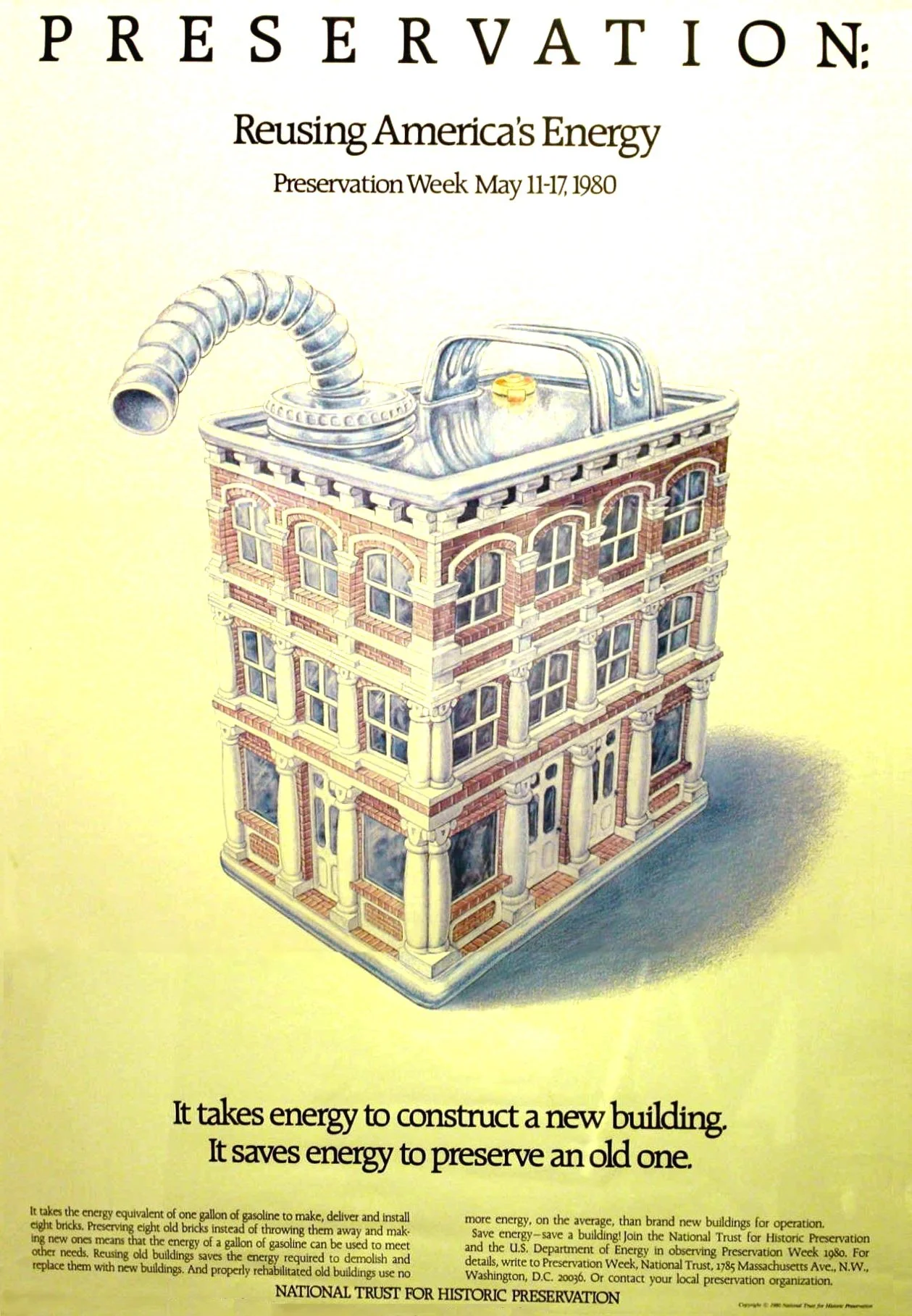Appreciating conservation-based development is to understand that we exist within something larger. Like a log being split, most development has torn us from our relationship with the land. Our natural environment not only provides the context for life, it is our largest and most important resource.
For long-time, we lived close to the land and developed a regionally-specific architecture that was built in sympathy to the surroundings. We created commercial centers called towns and cities, and others chose to live on large plots to farm. As Americans became 2 car households, got central air-conditioning, the color TV, and personal computers we have become uncoupled, or split, away from real living on this planet.







